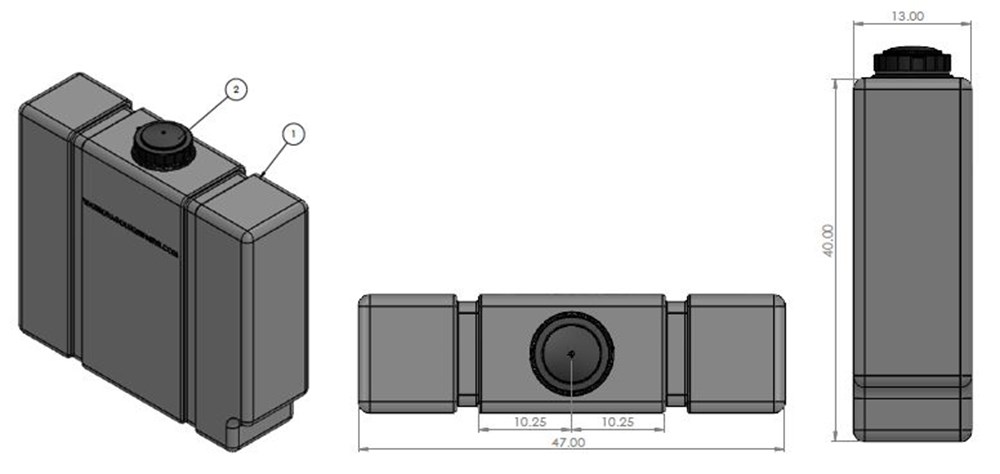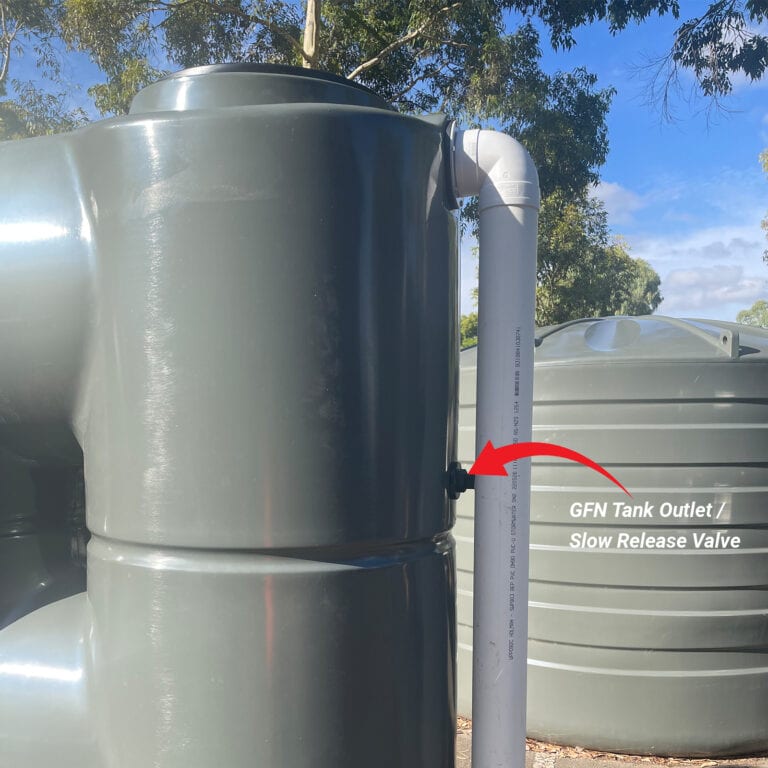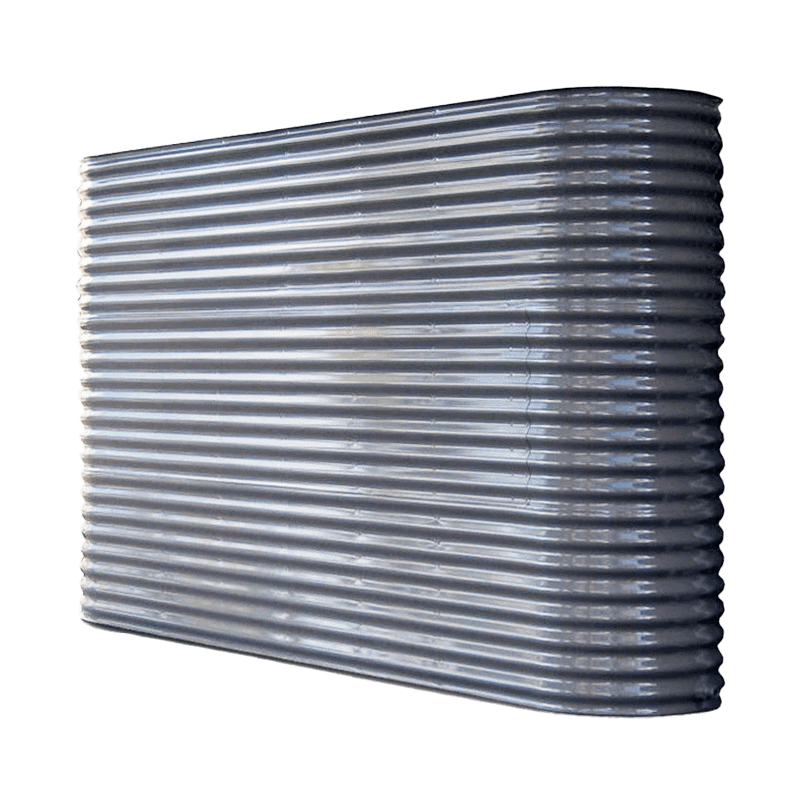Slimline Water Tanks: Space-Saving Solutions for Tiny Properties
Slimline Water Tanks: Space-Saving Solutions for Tiny Properties
Blog Article
Revealing the Advantages of Rainwater Tanks in Lowering Water Expenses and Environmental Influence
In a world where sustainability and cost-efficiency are increasingly important, the utilization of rain tanks presents a sensible and environmentally aware option. The benefits of including rainwater containers right into residential or business residential or commercial properties extend past mere water bill decreases. By checking out the diverse advantages of such systems, one can reveal a wide range of insights into how they add to an extra sustainable future while favorably affecting both financial resources and the atmosphere.
Expense Savings Via Rainwater Storage Tanks
When thinking about the application of rain storage tanks, considerable price savings can be accomplished through reliable water management techniques. Rain harvesting supplies a lasting solution that not just reduces water bills yet additionally lessens the strain on local water sources. By catching and storing rain for different non-potable uses such as irrigation, bathroom flushing, and laundry, households and businesses can dramatically reduce their reliance on cured water from the grid, causing considerable cost savings in time.
Among the main cost-saving benefits of rain containers is the reduction in water utility costs. By making use of gathered rain for tasks that do not require drinkable water, such as sprinkling yards or cleaning automobiles, individuals can reduce their total water intake from the mains supply, resulting in reduced water costs. Furthermore, rainwater storage tanks can aid alleviate the influence of water limitations or dry spells by offering a different water source for vital jobs, making certain connection in water supply without sustaining extreme expenses. On the whole, buying rain tanks can cause long-lasting economic cost savings while promoting water conservation and sustainability.

Environmental Influence Decrease
Carrying out rain storage tanks not just causes cost financial savings yet likewise contributes dramatically to decreasing the ecological influence associated with water usage. By catching rainwater that would certainly or else run right into tornado drains pipes, rain tanks assist ease stress on traditional water sources like rivers and tanks. This lowered demand for municipally treated water brings about energy cost savings and a decline in the carbon impact associated with water treatment and distribution procedures.
Moreover, using rainwater for activities such as horticulture, irrigation, and cleaning lowers the requirement for making use of treated water for non-potable functions. This conservation of safe and clean water helps in protecting water resources for essential uses and minimizes the energy-intensive procedures associated with treating water to fulfill drinking requirements.

Water Bill Reduction Benefits
The installation of rainwater containers uses substantial monetary benefits via reductions in water bills. By accumulating and storing rain for numerous family uses, such as sprinkling yards, flushing bathrooms, or doing laundry, home owners can dramatically reduce their reliance on the metropolitan water system. This, in turn, leads to a recognizable decrease in water usage from typical resources, resulting in reduced water expenses at the end of each payment cycle.
Rain is a cost-free and sustainable resource that can supplement or perhaps replace the requirement for utilizing cured water for non-potable purposes. Because of this, houses with rainwater containers can see a considerable reduction in their general water expenditures in time. Furthermore, throughout periods of water limitations or dry spell, having a rain container can give a valuable alternative water resource, additional lowering the dependence on expensive local water materials.
Basically, spending in a rainwater tank not just adds to ecological conservation but also supplies substantial monetary benefits by reducing water expenses and promoting lasting expense savings for property owners.
Sustainable Water Management Solutions
Offered the economic benefits and decreased dependence on local water products that rainwater containers give, discovering lasting water administration options ends up being a rational next step for home owners aiming to enhance their water usage. Sustainable water monitoring entails implementing techniques that successfully and properly make use of water resources while decreasing wastefulness and environmental impact. Rainwater harvesting, which involves collecting and saving rainwater for later usage, is an essential part of sustainable water monitoring. By using rain containers to capture and save rain, property owners can lower read what he said their reliance on traditional water resources, such as local supplies or groundwater, hence adding to water preservation a knockout post efforts.

Along with rainwater harvesting, lasting water management solutions may include implementing water-efficient home appliances, fixtures, and landscaping techniques - Slimline water tanks. Installing low-flow toilets, showerheads, and faucets can significantly reduce water intake within homes. Integrating drought-resistant plants and making use of clever watering systems can aid lessen water usage for outdoor landscape design. By taking on these lasting water monitoring methods, home owners can not just maximize their water use however likewise contribute to ecological preservation and decrease their water expenses over time.
Area Water Resource Preservation

Moreover, community involvement can encompass the application of water-saving technologies and practices on a bigger scale. Motivating the adoption of rainwater containers, greywater recycling systems, and reliable irrigation methods within neighborhoods can result in substantial reductions in water consumption. In addition, promoting a sense of collective responsibility for water preservation can advertise lasting habits and practices amongst area participants.
Additionally, community water source preservation efforts can pave the means for more powerful bonds among locals and a shared dedication to environmental stewardship. By interacting to shield and protect water resources, communities can add substantially to a much more sustainable and resistant future.
Verdict
To conclude, rainwater containers use significant price financial savings, environmental advantages, and add to sustainable water monitoring options. By decreasing water bills, preserving water resources, and decreasing environmental impact, rainwater storage tanks play an important role in promoting water preservation and sustainability - Slimline water tanks. Their implementation not just benefits specific households yet likewise adds to the wider objective of neighborhood water source administration and preservation
Report this page